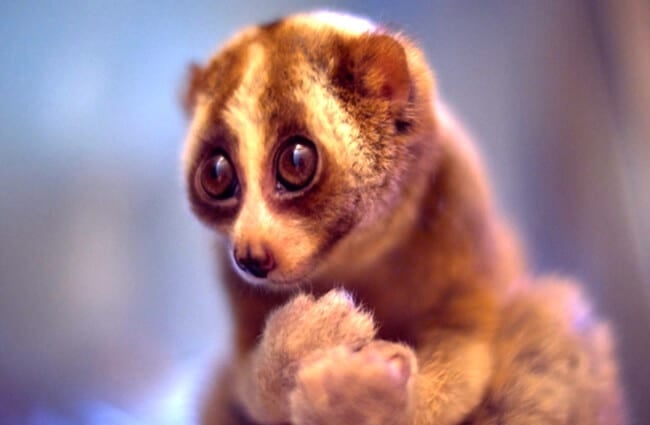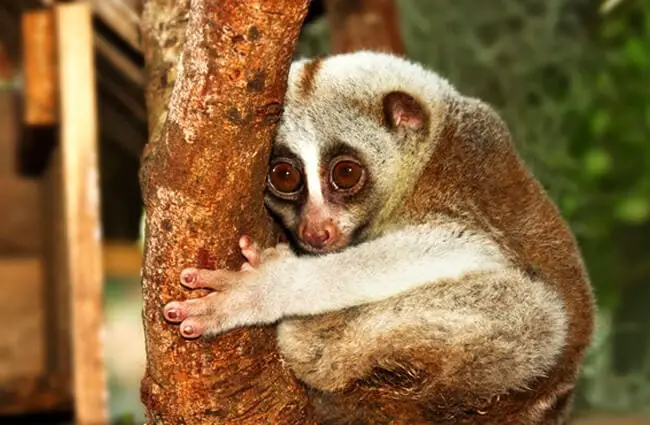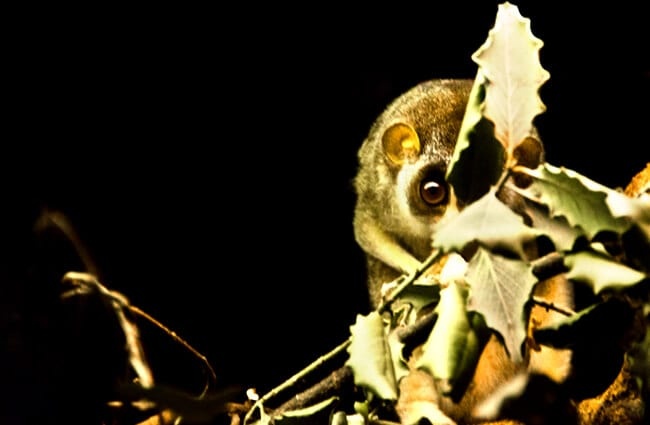The Enigmatic Loris: A Deep Dive into the World of Slow and Slender Primates
The loris, a captivating primate often overlooked, occupies a unique niche in the animal kingdom. These nocturnal creatures, masters of stealth and slow movement, are found across the tropical rainforests of Asia and Africa. More than just adorable faces, lorises boast a complex biology, fascinating behaviors, and an increasingly precarious existence. This article unravels the mysteries of the loris, from its evolutionary origins to its current conservation challenges.

What is a Loris? A Primate Family Portrait
The term “loris” doesn’t refer to a single species, but rather a group of related primates within the Strepsirrhini suborder. This grouping includes both the Slow Lorises (Nycticebus species) and the Slender Lorises (Loris species). There are nine recognized species of Slow Lorises, found in Southeast Asia, and several species of Slender Lorises inhabiting Africa, from mainland Africa to Madagascar. They are relatively small primates, ranging in size from about 9 to 18 inches in length, and typically weigh between 220 grams and 2.5 kilograms.
Slow Lorises: The Masters of Slow Motion
Slow Lorises are instantly recognizable for their deliberate, almost languid movements. This isn’t simply a matter of temperament. Their anatomy, with elongated limbs and a specialized circulatory system, allows them to move with incredible precision and efficiency through the forest canopy. They are the only venomous primates, possessing a gland on their elbow that secretes a toxin. This toxin is used for defense against predators and has unfortunately been exploited to increase the potency of bites inflicted on humans in the illegal pet trade.
Slender Lorises: Agile Leapers of Africa
Slender Lorises, in contrast to their slow-moving cousins, are known for their agility and leaping abilities. They are more slender in build and have larger eyes, adapted for navigating dense foliage. They are primarily insectivorous, relying on their keen senses to locate prey in the darkness. Their diet also includes fruits, sap, and occasionally small lizards.

Habitat and Distribution: Where Do Lorises Live?
Lorises are exclusively found in tropical and subtropical forests. Slow Lorises occupy the dense rainforests of Southeast Asia, including countries like Indonesia, Thailand, Vietnam, and Malaysia. Their habitat consists of primary and secondary forests, bamboo forests, and even disturbed areas like plantations. Slender Lorises are restricted to Africa, from mainland Africa to Madagascar, where they inhabit dry deciduous and scrub forests. They prefer dense foliage and tree canopies, which provide cover from predators.
Diet and Feeding Habits: What Do Lorises Eat?
The diet of a loris varies depending on the species and habitat. Slow Lorises are omnivorous, consuming insects, fruits, small vertebrates, and occasionally bird eggs. They are opportunistic feeders, taking advantage of whatever resources are readily available. Slender Lorises are primarily insectivores, feeding on a wide variety of insects, including beetles, termites, and moths. They also supplement their diet with fruits, sap, and occasionally small lizards.

Evolutionary History: Tracing the Loris Lineage
The evolutionary origins of lorises can be traced back to the Paleocene epoch, over 55 million years ago. They are considered to be among the most primitive of the strepsirrhine primates, sharing characteristics with lemurs and galagos. Fossil evidence suggests that lorises once had a wider distribution, inhabiting parts of North Africa and Europe. Over time, they became restricted to their current range in Asia and Africa.
Social Behavior and Reproduction: Loris Life Cycle
Lorises are generally solitary animals, except during the breeding season. Slow Lorises are known to form pair bonds, with males and females remaining together for several years. They communicate through a variety of vocalizations and scent marking. Slender Lorises are also solitary, and may form brief social interactions during breeding. Reproduction typically occurs once a year, with females giving birth to a single offspring. Young lorises are dependent on their mothers for several months, learning essential survival skills.

Lorises and the Ecosystem: A Vital Role
Lorises play an important role in their ecosystems. As insectivores, they help to control populations of insects, preventing outbreaks that could damage forests and agricultural crops. They also contribute to seed dispersal, consuming fruits and spreading seeds throughout the forest. Their presence is indicative of a healthy forest ecosystem, serving as a bioindicator of environmental quality.
Lorises and Humans: Interactions and Threats
The relationship between lorises and humans is complex. Historically, lorises were used in traditional medicine and as pets. However, the demand for lorises in the illegal pet trade has had a devastating impact on their populations. Habitat loss, due to deforestation and agricultural expansion, is another major threat. Furthermore, the practice of extracting their teeth to make them appear “cute” for tourists and pet owners is causing immense suffering and mortality.

Conservation Status and What You Can Do
All species of lorises are facing significant threats and are listed as Vulnerable, Endangered, or Critically Endangered by the International Union for Conservation of Nature (IUCN). Conservation efforts are focused on protecting their habitat, combating the illegal pet trade, and raising awareness about the importance of these fascinating primates.
If you encounter a loris in the wild, observe it from a distance and do not attempt to touch or disturb it. Report any sightings of illegal pet trade to the relevant authorities. Support organizations that are working to protect lorises and their habitat. By working together, we can help ensure the survival of these remarkable primates for generations to come.

![Red Angus Closeup of a beautiful Red Angus cowPhoto by: U.S. Department of Agriculture [pubic domain]https://creativecommons.org/licenses/by/2.0/](https://animals.net/wp-content/uploads/2020/03/Red-Angus-4-238x178.jpg)




![Red Angus Closeup of a beautiful Red Angus cowPhoto by: U.S. Department of Agriculture [pubic domain]https://creativecommons.org/licenses/by/2.0/](https://animals.net/wp-content/uploads/2020/03/Red-Angus-4-100x75.jpg)

